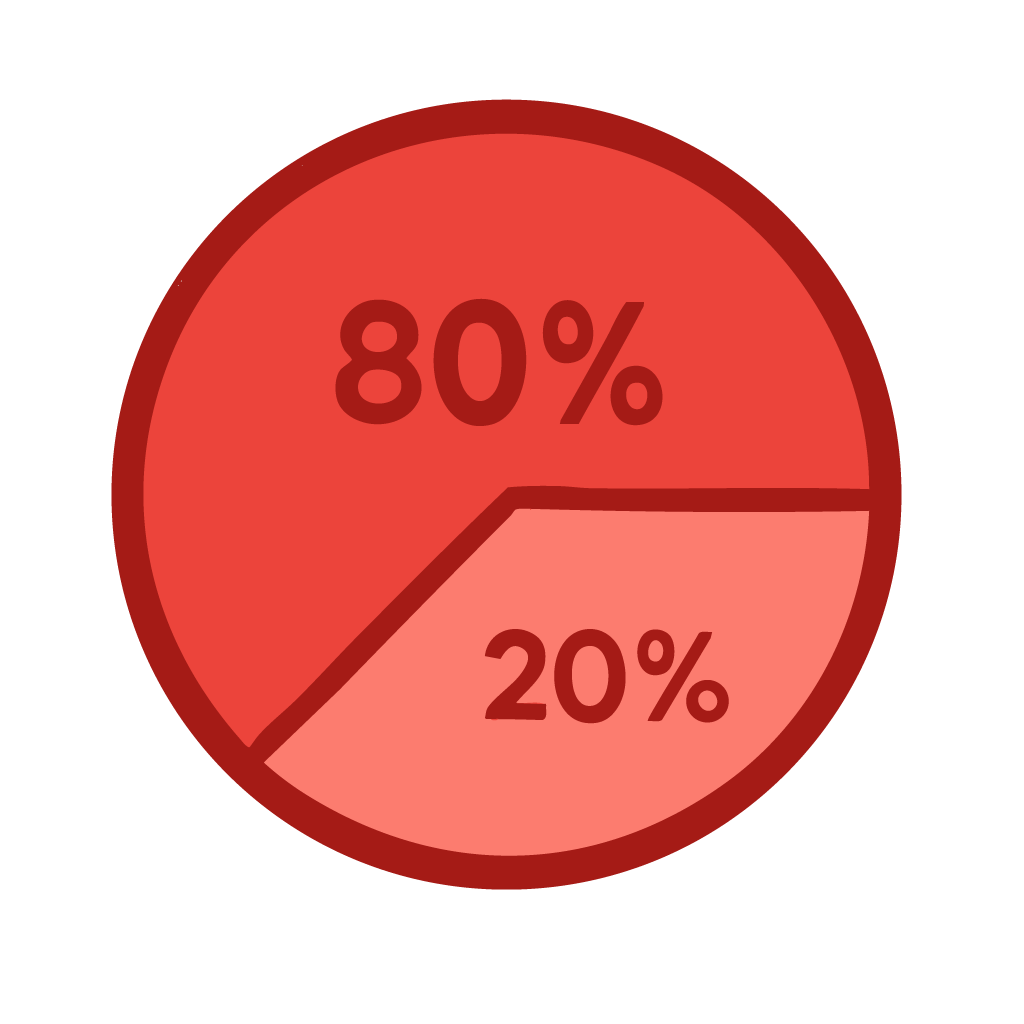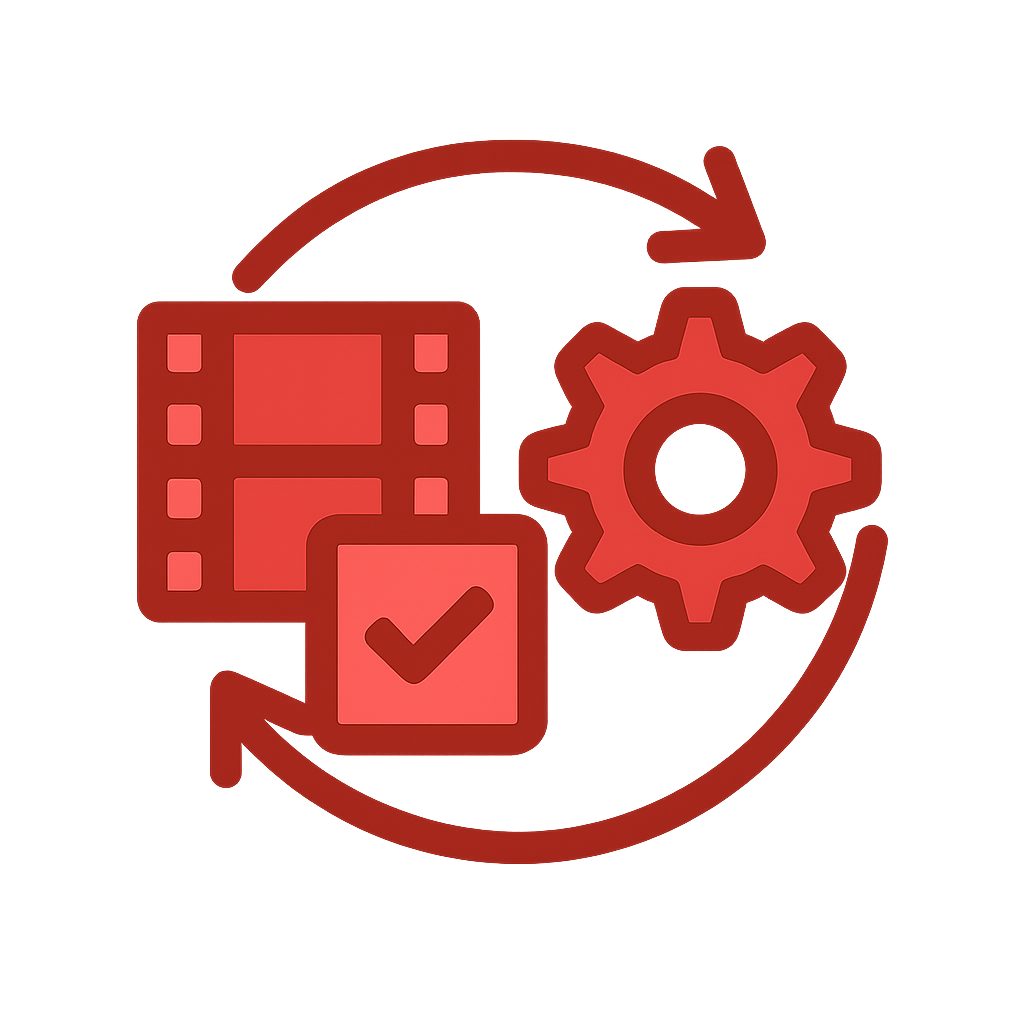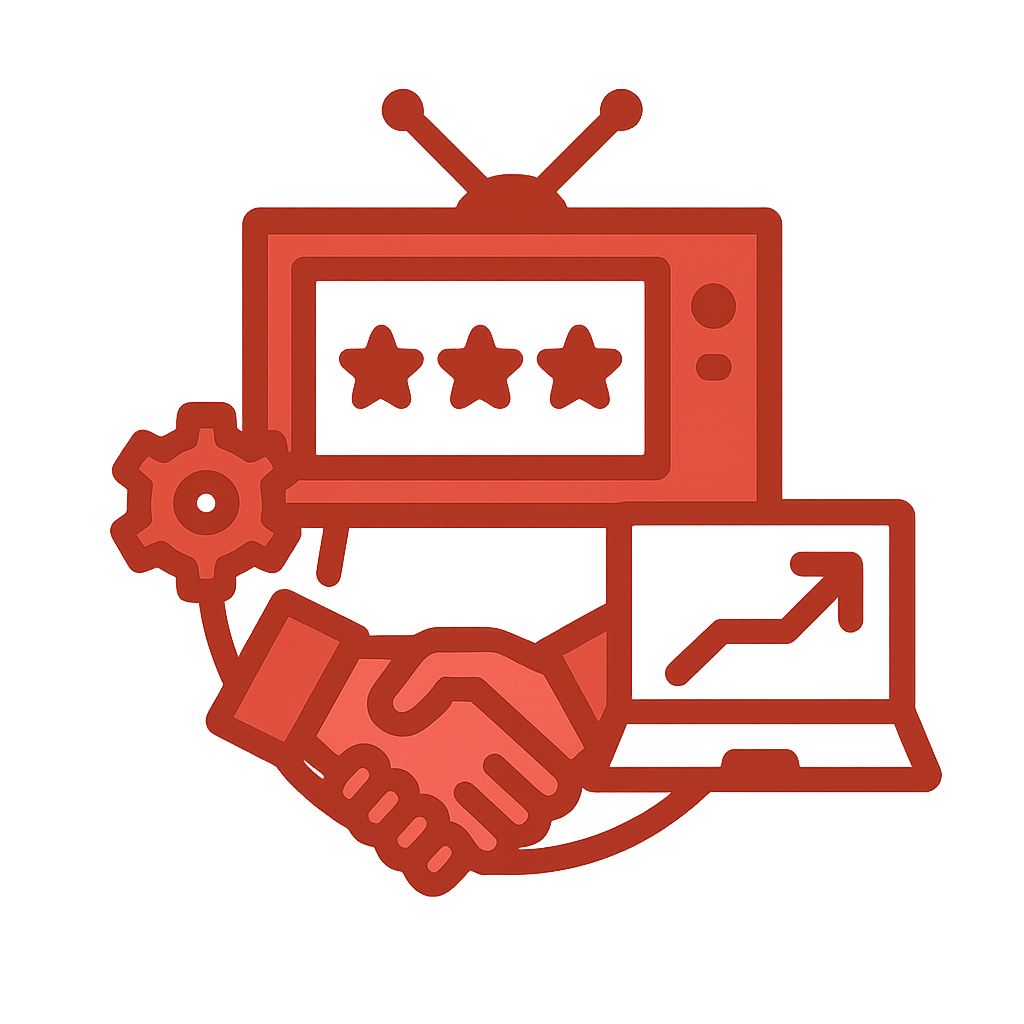TECHNOLOGY INTEGRATIONS
& PARTNERSHIPS
- Atlassian
- AWS
- Appfire
- Tempo
- Carahsoft
- ...and more!
90+
software teams
One
centralized backlog
200+
software engineers


Like many companies, this media company’s use of Atlassian tools had grown rapidly, both organically and through acquisitions. The company had hundreds of software engineers on nearly a hundred teams, each with its own Jira project, and those projects often had multiple or highly customized configurations. As a result, there were far too many workflows and issue statuses, which made it difficult for teams to collaborate and work cross-functionally and for leadership to get a clear understanding of work in progress. In addition, adoption was inconsistent, with some teams still using AHA, Miro, Trello, Smartsheets, spreadsheets, and even email to manage their backlog.
Because of this, the company did not have visibility into the product and program roadmap, or a way to see—much less prioritize—delivery status. It took days of manual reporting to get this information. By the time it was compiled, it was already outdated, and accuracy was a big concern. There was also no way to view and understand dependencies, so bottlenecks and delays were frequent. In fact, the company estimated that 80 percent of the time it took to complete any given initiative was spent waiting for resources or approvals, with only 20 percent of the time to completion representing actual work.
The company had strong leadership support for scaling agile, had already chosen SAFe as their methodology, and had even invested in training and agile coaching for its teams. However, adoption was incomplete, and teams were still struggling with the complexity of working together, especially because the high number of Jira configurations meant there was not a common understanding of how teams were planning and tracking their work. Leadership wanted to reduce the overall administrative burden, bring processes in line with best practices for SAFe, and implement an Enterprise Agile Project Management Solution: Jira Align. However, the first vendor they hired for this did not move the project forward in any way that made a significant difference.
The media company and the members of its Lean Agile Center of Excellence (LACE) recognized there had to be a better way. They chose to work with Isos Technology due to the company’s deep understanding of Agile and experience in configuring Atlassian tools to support SAFe practices—a critical combination of skills for this project. Timing was also important: the company was behind schedule due to challenges with a previous vendor, but Isos was able to finalize a project agreement quickly and dedicate the resources to make the project happen within an accelerated time frame.
First, Isos conducted deep analysis and made detailed recommendations for reconfiguring the media company’s Jira instance so that it was Align-ready. Then, they established a common set of workflow procedures based on best practices for Agile at scale. This part of the process entailed reducing the overall number of Jira projects and implementing template configuration schemes, so teams would be able to track work in Jira using consistent practices and language.
Isos also held regular working sessions with the media company’s Jira Align and Jira admin teams to ensure they had both the strategic and technical skills required to administer Jira Align once it was implemented.
Once Jira had been configured so it was Jira-Align ready, Isos implemented Jira Align, optimizing the tool to ensure that the company would be able to manage its portfolio, prioritize delivery status, have traceability from objective to task, and see and understand dependencies between teams. Then, Isos onboarded each of the company’s programs into Align, so the company could leverage it, resulting in a single source of truth for all backlogs.

Isos really knows its stuff! The scope, scale, complexity, and time frame of this project was unprecedented, but the Isos team was always on top of the details. Not only was their level of cooperation, collaboration, and overall customer service amazing, but they were also able to bridge the gap between our agile coaches and our tool implementers.